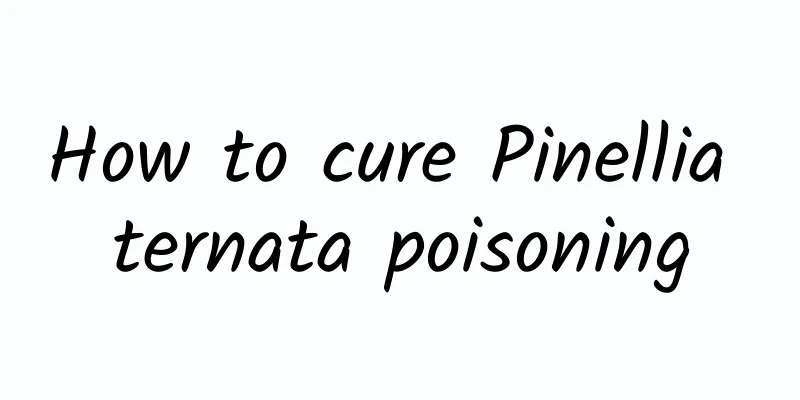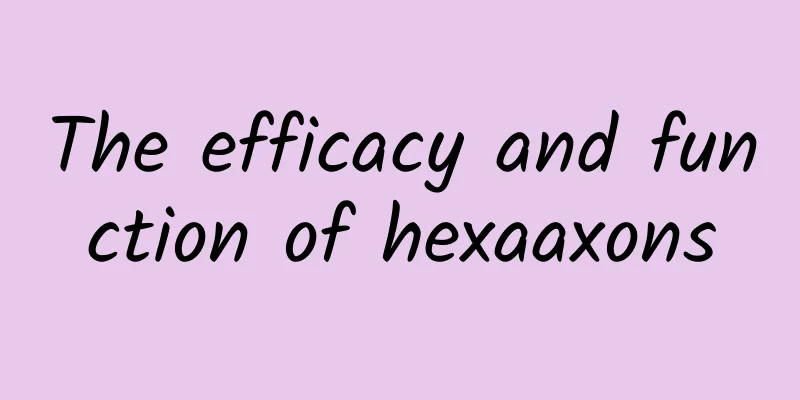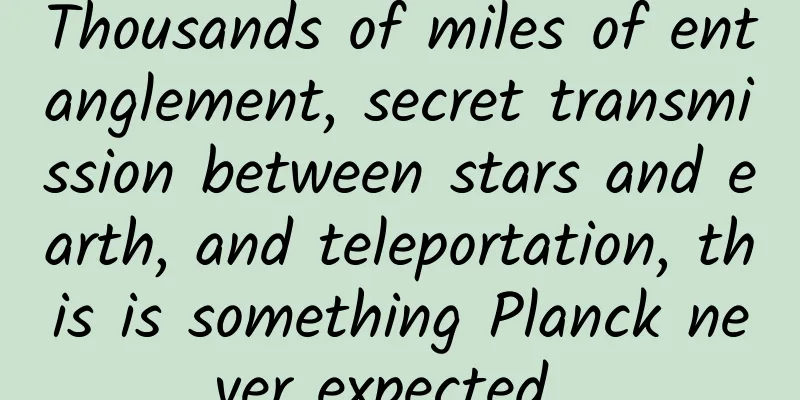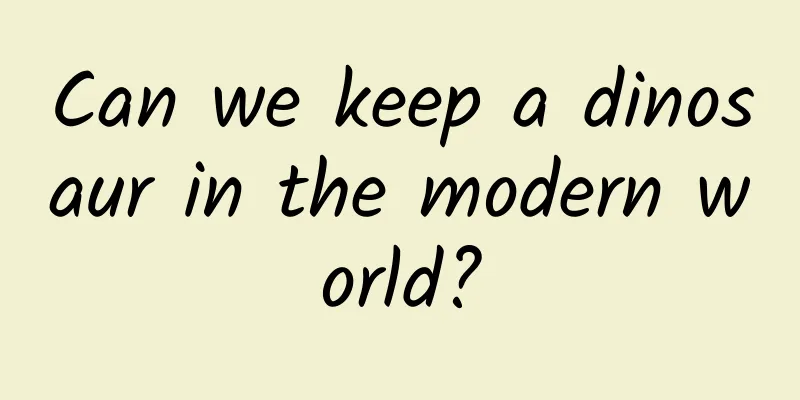A toilet from two thousand years ago looks luxurious, but can explode?
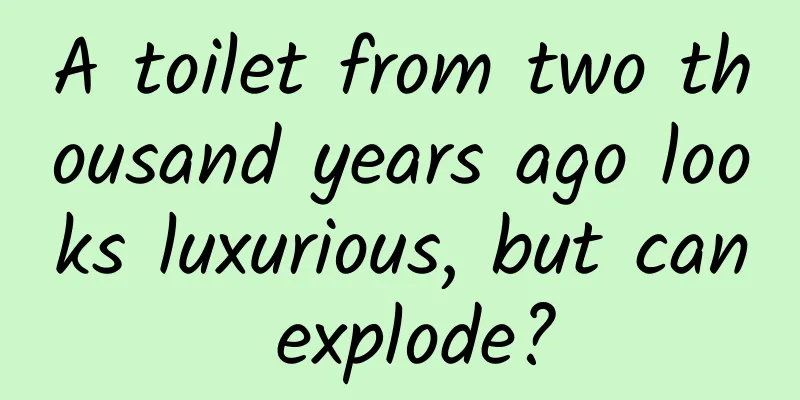
|
Author: Dala Reviewer: Professor Li Chunqing, Architectural Heritage Protection, Beijing University of Civil Engineering Today, cities have a fairly complete drainage system, and most urban households have clean flush toilets. It is relatively convenient for people to find toilets when they go out. Shopping malls, subways and other public places will all have suitable toilets. However, we have not had "toilet freedom" for a long time. A few decades ago, many people could only use stinky dry toilets. Everyone could only pinch their noses, stand on tiptoes, quickly "solve" and then run away quickly. The toilets of decades ago are really incomparable to those of today. So what were the toilets used by ancient people more than 2,000 years ago like? Were they dirtier and more backward? The answer to this question can be found in the research of archaeologists. Once, when archaeologists were excavating ancient Roman ruins, they dug up a luxurious palace. There was a room in the palace, with a row of very long benches against the wall, and a round hole about the size of a washbasin was dug on each bench. At first, archaeologists thought that this round hole might be used to place some powerful precision instruments. Such a large row of holes must be of an incredible scale. However, later on, more and more archaeologists felt that this was not an important research institute, but a toilet. Don't underestimate this toilet. The ancient Romans were quite advanced in the construction of public health facilities. According to archaeologists, there were public toilets in ancient Roman cities around the 1st century BC. As mentioned earlier, these toilets usually have long benches with holes in them. What's more amazing is that these benches are connected to sewers! Of course, there is no small button on the bench that automatically flushes the water when you press it. When you need to clean the toilet, people will take a special long stick with a sponge wrapped on one end and put it into the toilet to clean it. Moreover, the ancient Romans did not completely avoid flushing the toilet. Although there was no advanced thing like a flush toilet, they would also use buckets of water to flush the toilet at home. Having said that, despite having advanced public facilities, some of the hygiene habits of the ancient Romans would not be very good today. For example, the toilet pits in many families were very close to the kitchen in order to facilitate the disposal of kitchen waste - this is definitely a serious health hazard today. In addition, although public toilets were connected to sewers, most of the toilets in ancient Roman homes were independent, and the defecation and urination at home often needed to be transferred to the public cesspool and wait for regular cleaning. As the excrement accumulated and fermented for a long time, the public cesspool may have accumulated a lot of flammable gases. We can exaggerate and imagine that more than 2,000 years ago, perhaps an ancient Roman who was so depressed that he held his stomach and rushed into the toilet with great difficulty, only to find that the nearby cesspool was spewing fire and might even explode! Public toilets that occasionally spit fire and explode do sound a bit scary, but compared to places without toilets and sewers, this is really a remarkable improvement. Today, many people praise the great achievements of the ancient Romans in infrastructure construction, and at least from the perspective of toilets, everyone's praise is not exaggerated at all. Reference: Li Yue. Lewis Mumford's Urban History[M]. 2019 |
>>: Why do I feel uncomfortable if I don’t drink coffee for a day?
Recommend
The efficacy and function of Qiongyue line fern
As people's living standards improve, they pa...
Traditional Chinese medicine says: This medicine is indispensable for men throughout their lives
Because men have to bear more pressure from work ...
China Tourism Academy: Development of China's Ice and Snow Tourism in 2023
The report comprehensively summarizes the new ach...
The efficacy and function of iron vine root
For Chinese medicinal materials such as iron vine...
The efficacy and function of barnyard millet
After thousands of years of sedimentation and acc...
Especially during the "return of the south wind", this small package is too dangerous! Many people have it at home...
In daily life Some foods come with a small packet...
Revealed! Is AI the “culprit” behind the production of Internet junk content?
Audit expert: Liu Xiangquan Director of the Robot...
Transcontinental wireless communication, he turned dreams into reality
Field, who finally succeeded after many setbacks ...
Watching videos at double speed may be damaging your brain! Especially for this group of people →
Wait! Before you scroll down this article, stop h...
How to eat and how much red ginseng should be used?
Red ginseng is a very common thing in normal time...
Is it okay to let children wear clothes that cost only a dozen dollars?
It’s the season of changing seasons again. If you...
The efficacy and function of pine needles
The effects and functions of pine needles can usu...
China completes world's first gene-edited pig liver transplant into human body. Are we going to use pig organs soon?
Several encouraging preliminary results have brou...

